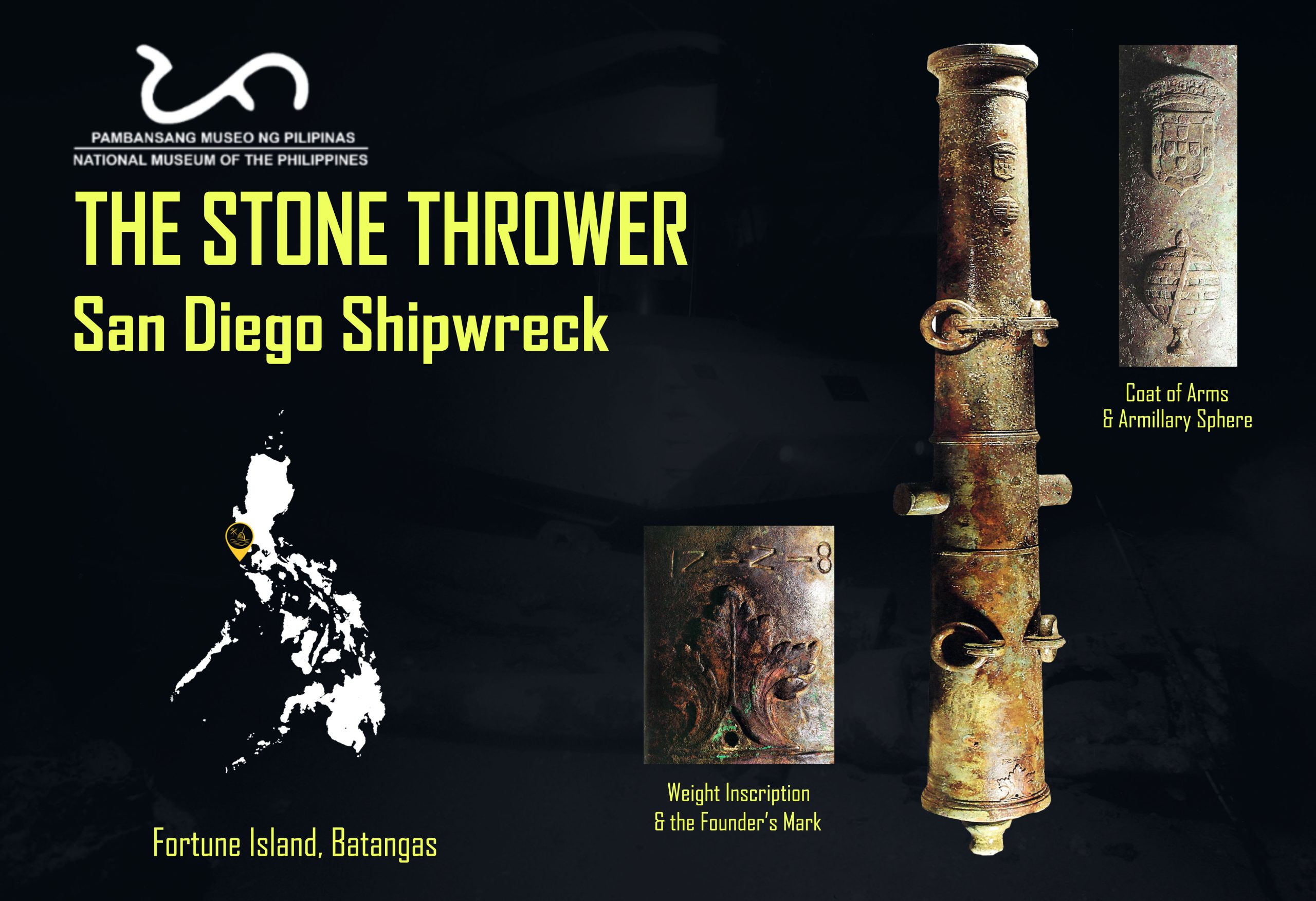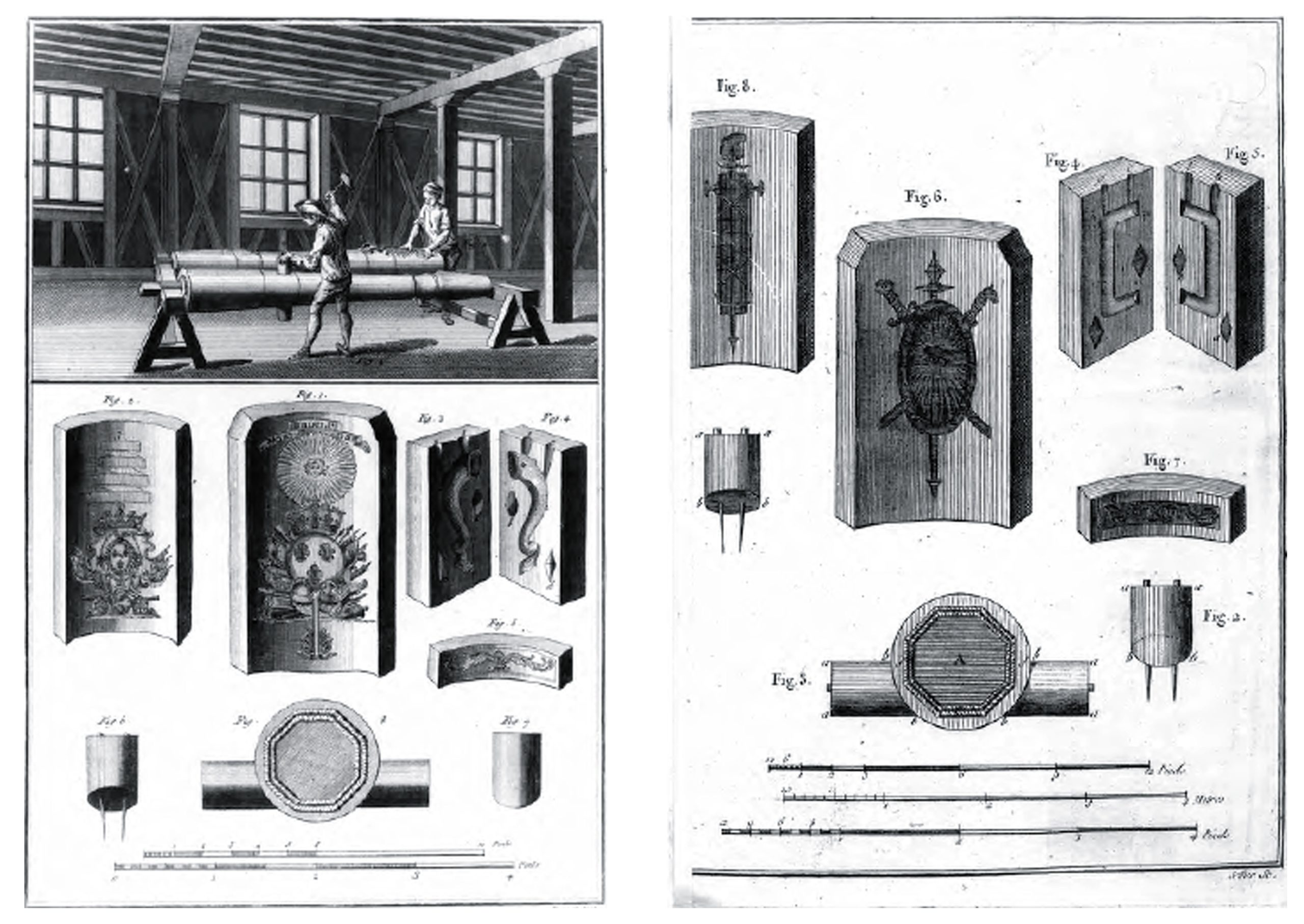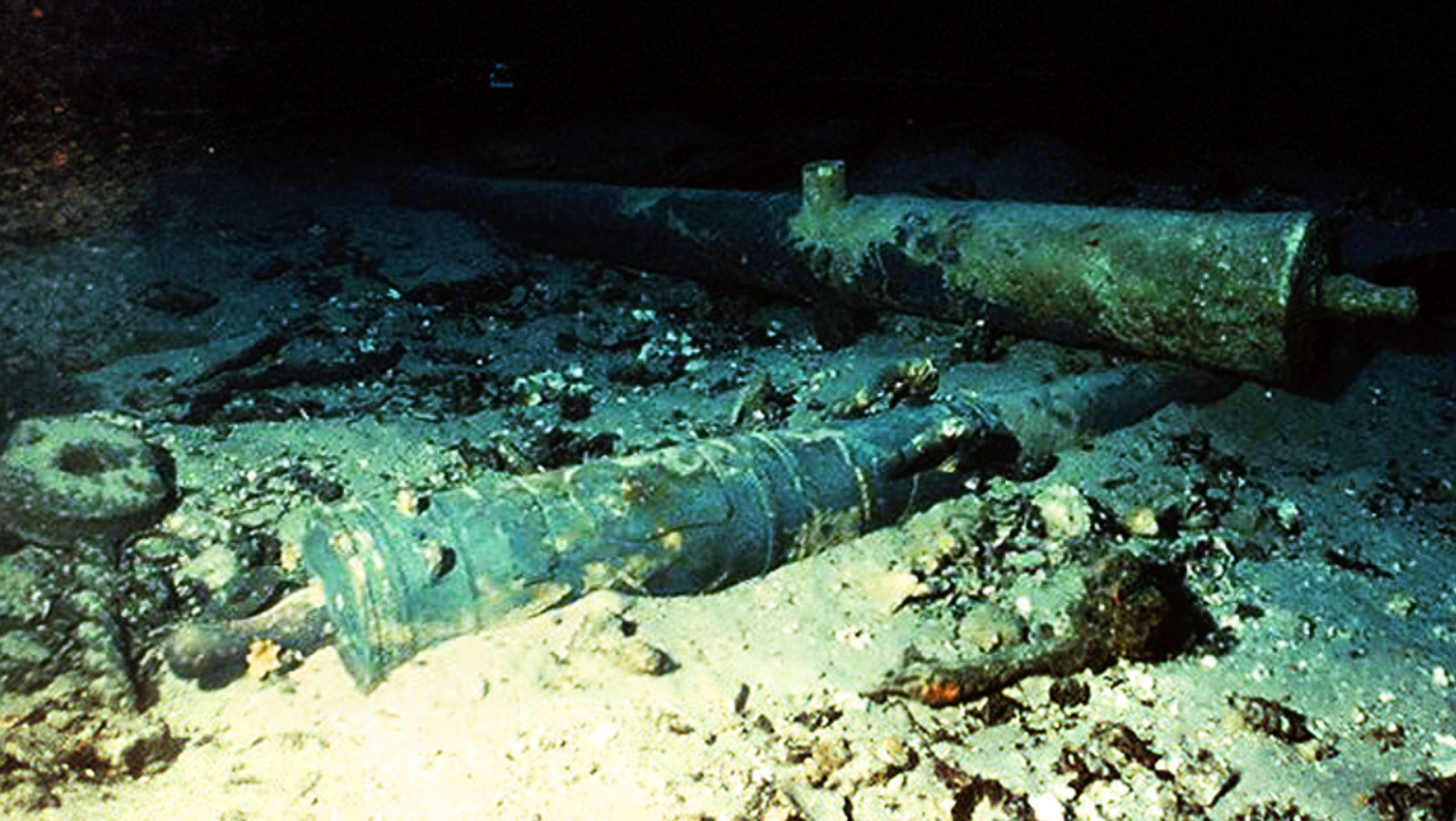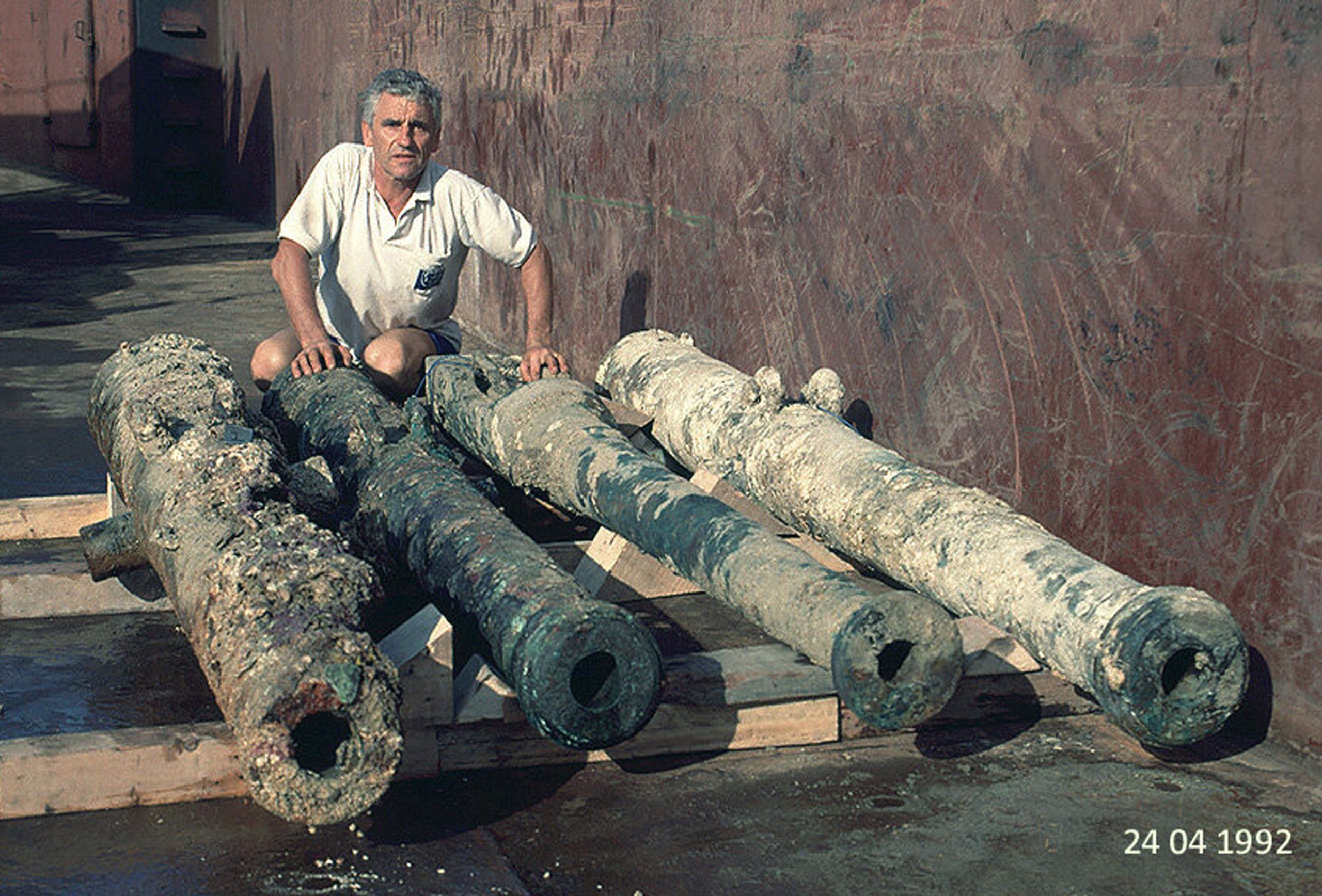Dignayan Biyernes – Copper
Happy Friday! In today’s #DignayanBiyernes, let us talk about the third most consumed industrial metal in the world– copper.
Copper is the 29th element in the periodic table with a chemical symbol of Cu (from Latin “cuprum”). It is an important industrial metal because of its wide range of applications. It is an excellent conductor of heat and electricity, has high ductility, malleability, and corrosion resistance. Large amounts are also used to make alloys such as brass (copper and zinc), bronze (copper, tin and zinc), and with other precious metals such as silver and gold.
Do you know that the oldest and the very first metal discovered by man is copper? Its discovery dates back to prehistoric times. With the absence of modern knowledge on metallurgy, early societies valued it mostly for its aesthetic qualities using it like gold and silver for ornaments.
The Philippines is one of the countries blessed with large amounts of metallic and non-metallic mineral resources. Among these, copper has the largest reserve estimated at 4 billion metric tons. This makes us the fourth largest country in the world in terms of copper reserves.
It is found in ore deposits around the world and must be extracted or smelted first before it can be used. In our country, its occurrence is widely distributed and can be found in Benguet, Kalinga, Nueva Vizcaya, Marinduque, Cebu, Compostela Valley and Rapu-Rapu among others.
If you want to know more about copper and the rest of our mineral collections, visit us at the National Museum of Natural History by booking through this website.
Text and image by the NMP Geology and Paleontology Division
© National Museum of the Philippines (2021)


















